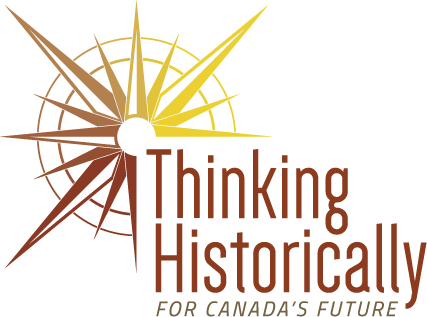A Short History of Reading Disability and Special Education
Abstract
When a child does not learn to read, what does the school do? The answer has varied over time, and the history of this topic tells us something about special education as well. In the nineteenth century, if not earlier than that, physicians described “word-blindness” and “alexia.” They considered these rare and peculiar conditions, occurring where a person who was otherwise quite intellectually normal (sometimes even very bright) suffered from a complete, or near-complete, inability to learn to read. [1] It was not until the 1920s that psychologists and remedial educators began to develop something more akin to the modern notion of reading disability and to develop techniques for addressing it in special education classrooms. It took until the 1930s for them to get their ideas onto the special education policy agenda. When they did succeed in placing them there, they were able to improve education for some children. Yet others were still left behind. Special education’s approach to reading disability teaches that special education is a riddle of contradictions, a fact that remains as true today as ever.
Authors/Developers
Jason, Ellis
Name of conference, organization, journal, or publisher
ActiveHistory.ca (blog)
Link
Date of Publication
10/30/2019
